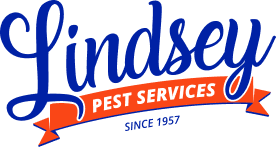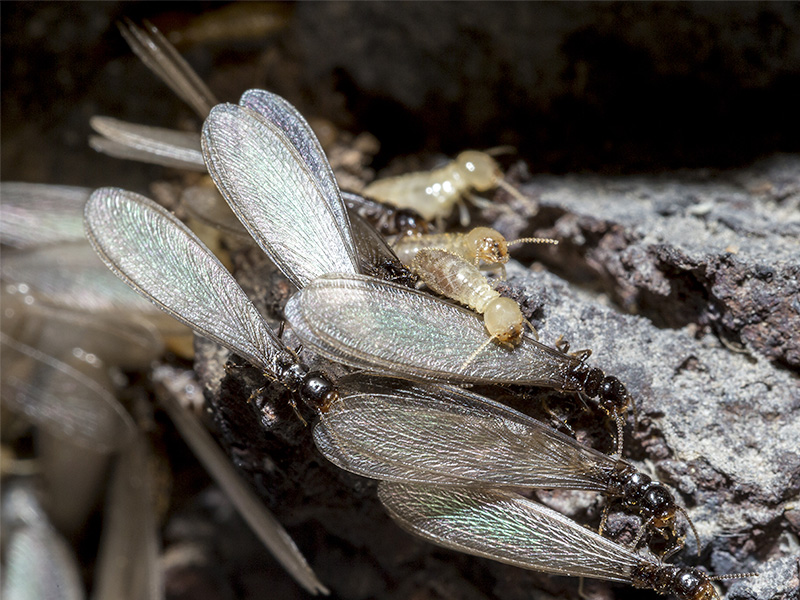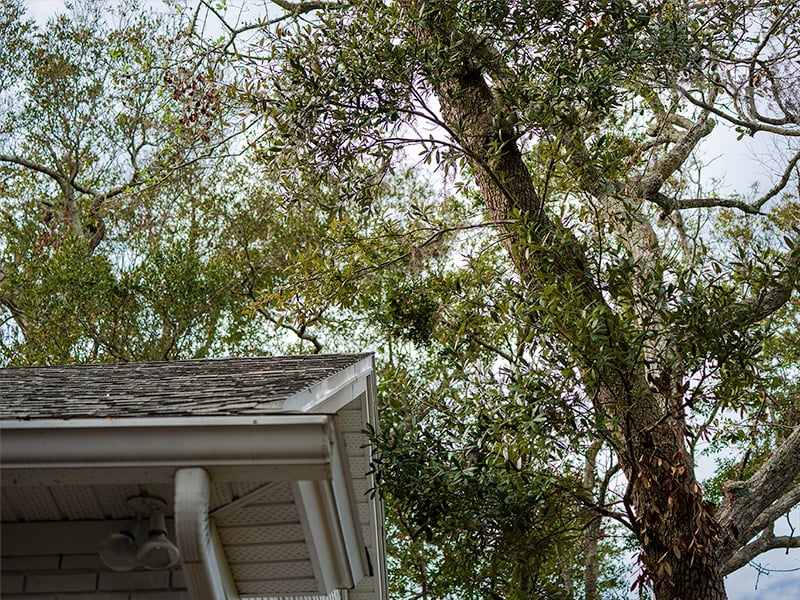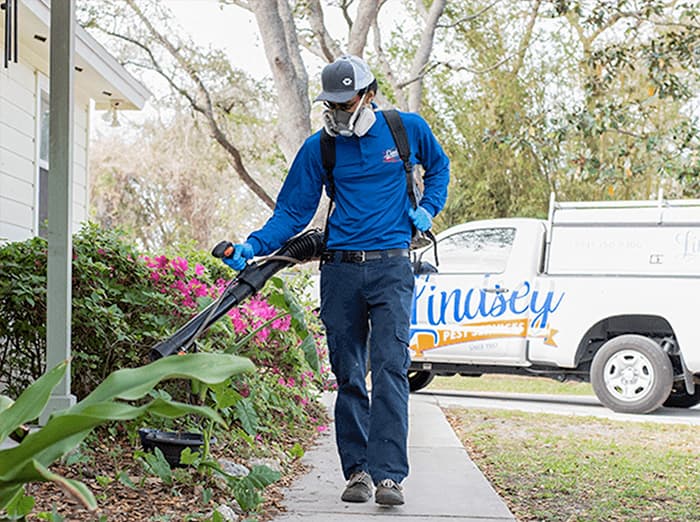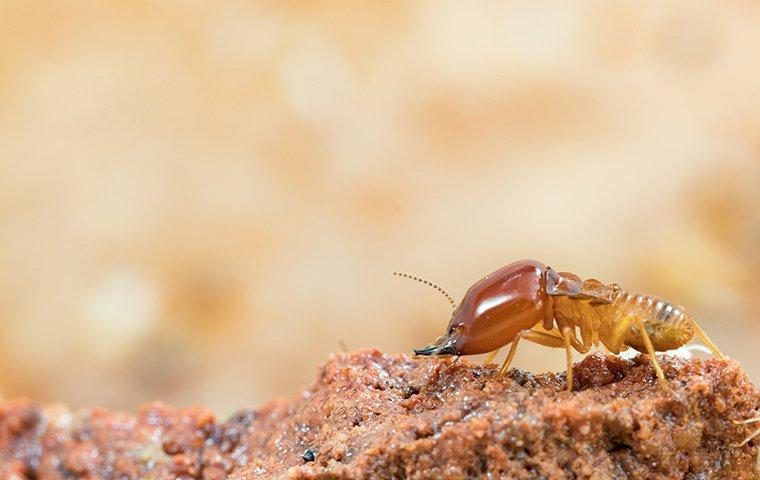How Do I Know If I Have Termites Around My Jacksonville Home?
Termite identification can be a tricky, time-consuming process, but pest control in Jacksonville can help you catch the signs early. Unfortunately, there’s a lot riding on noticing the signs while you have the chance to remedy the problem. Knowing where to look is half of the battle, and the two different kinds of termites that live in Florida homes leave very different signs. To learn more about Jacksonville termites, the kinds of damage they leave, where to find them, and how to prevent and get rid of them, keep reading.

What Do Termites Look Like?
Termite identification can be a little tricky. Not only do you have to know where to look to find one, but the two most common kinds of termites in Florida have a huge range of differences in their physical characteristics. The Florida drywood termite can grow up to an inch long. The reproductive termites are usually creamy white to light brown and have long oval-shaped wings.
Drywood termites also have two wingless types, soldiers that have huge dark-colored mandibles, and workers without the darker color variation. Drywood termite colonies are much smaller than other species, usually growing up to 2,500 members. As the name suggests, drywood termites target dry wood, meaning they are more likely to infest attic timbers, wood floors, drywall, or the eaves under your roof.
Subterranean termites have a caste system, and their numbers can grow up to a million in a colony. There is a king and a queen, the primary reproductives, and there are alates, back-up reproductives that can break off and form new colonies or replace the king and queen. These termites are dark brown to black with translucent wings.
Workers are smaller than alates at around ¼ of an inch. They are cream-colored and do not have wings. Soldiers have cream-colored bodies, darker heads, and large mandibles. They are flatter and wider than the other termites.
What Does Termite Damage Look Like?
Evidence of termite damage looks different depending on the kinds of termites you’re dealing with. A termite problem inside the house is most likely to be drywood termites, so when assessing for this kind of infestation, look for these signs:
-
Small holes in walls or wood
-
Discarded wings near window sills or other openings
-
Squeaky floorboards
-
Bubbling, peeling paint
-
Discolored ceilings or walls
-
Galleries carved into the wood
-
Piles of what looks like sawdust
Subterranean termites are more likely to have their headquarters outside in the soil. While colonies of subterranean termites have been known to establish themselves without any contact with the soil, that’s much rarer. Subterranean termites often leave these signs:
-
Mud tubes extending from the soil to the wood siding of your home
-
Soft, hollow-sounding wood that splinters when prodded
-
Swollen windows and doors that are hard to open or close
-
Water-damaged, pliable wooden steps or patio planks
It can be difficult to find evidence of termite damage, especially if it hasn’t progressed very much, so scheduling a termite inspection can be a great way to ensure that you didn’t miss anything that could turn into a problem down the line. Your inspector could also help you determine if your wood is at-risk of termites through contact with the soil, or if your dry wood is untreated and exposed.
Where Should I Look For Termites?
For drywood termites, focus your attention on attic timbers, wood floors, drywall, patio furniture, or the eaves on your patio. For subterranean termites, inspect anything that’s near to or touching the soil around your home. If you’ve recently bought outdoor wood furniture, buried wood scraps, or if you have rotting tree stumps in your yard, you may also want to check them to make sure you haven’t brought them to your yard through these means.
What Is The Best Way To Get Rid Of Termites?
The best way to deal with a termite problem, before it starts or after you notice the damage, is with professional termite control from Lindsey Pest Services. After your free termite inspection, our experienced technicians can walk you through existing risks and damage caused by termites and help you to find a pest control plan that works for your needs and fits your budget.
Lindsey Pest Services has protected over 10,000 homes in the Greater Jacksonville and First Coast area for more than 60 years. You can count on us to give expert advice and treatment for pest problems. For a free inspection or to schedule your first appointment, call Lindsey Pest Services today.
Get Your Free Pest Control Quote Today!
Complete the form below to get started with your free, no-obligation quote, and a Lindsey Pest representative will contact you shortly.
Same Day Service Available!
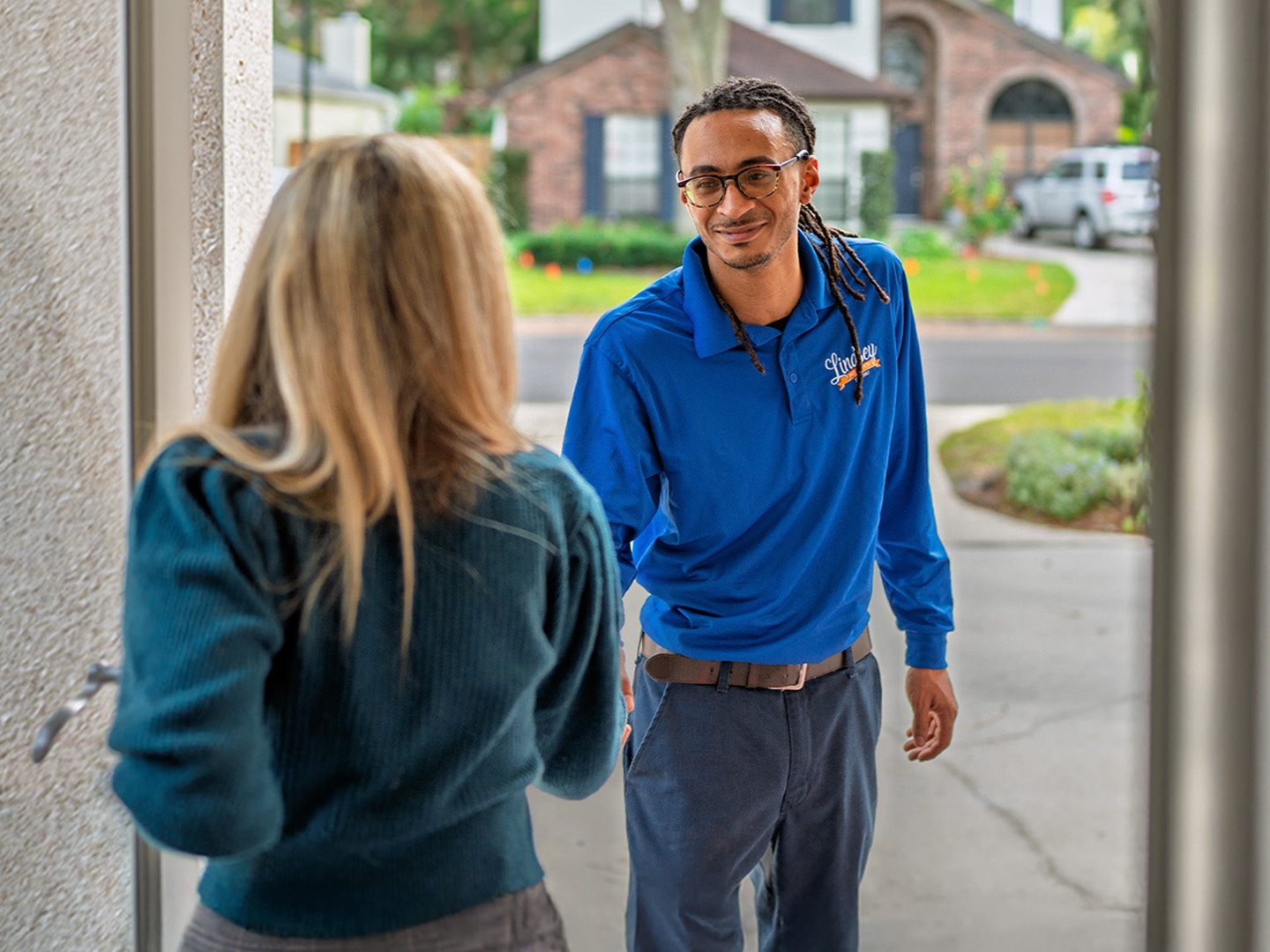
Blog Posts
